Wondering which are the most profitable horticulture crops to grow for export in Kenya? Kenya is a prominent source of cut flowers, fresh fruits and vegetables in Africa. This highly profitable sector has many investment ideas for individuals including contracted farmers, brokers, or exporters who can make millions each year.
| Year | Cut Flowers | Fruits | Vegetables | Total | ||||
| Volume | Value | Volume | Value | Volume | Value | Volume | Value | |
| 000 Tonnes | KSh billion | 000 Tonnes | KSh billion | 000 Tonnes | KSh billion | ‘000 Tonnes | KSh billion | |
| 2019 | 173.7 | 104.1 | 81.9 | 13.2 | 72.7 | 27.2 | 328.3 | 144.6 |
| 2020 | 146.0 | 107.5 | 105.1 | 18.4 | 62.6 | 24.2 | 313.6 | 150.2 |
| 2021 | 210.1 | 110.8 | 117.3 | 18.4 | 78.1 | 28.5 | 405.5 | 157.7 |
| 2022 | 202.9 | 104.3 | 113.3 | 19.7 | 75.4 | 23.2 | 391.5 | 147.1 |
| 2023 | 221.1 | 107.6 | 131.0 | 22.3 | 78.1 | 23.8 | 430.2 | 153.7 |
When it comes to profitable horticulture crops to grow in Kenya, there are several options to consider. In this post, we will focus on a list of 20 types of vegetables that are commonly grown for export. However, if you’re interested in specific details about fruits, herbs, or flowers, check the following separate posts for more in-depth information on those topics.
- Best Legume vegetables to grow in Kenya for export
- Best Leafy vegetables to grow in Kenya for export
- Best Food Seasoning Vegetables to Grow in Kenya for Export
- Best Fruit Vegetables to Grow in Kenya for Export
- Other easy-to-grow Profitable horticulture crops for export.
- Why Horticulture farming for export
Best Legume vegetables to grow in Kenya for export
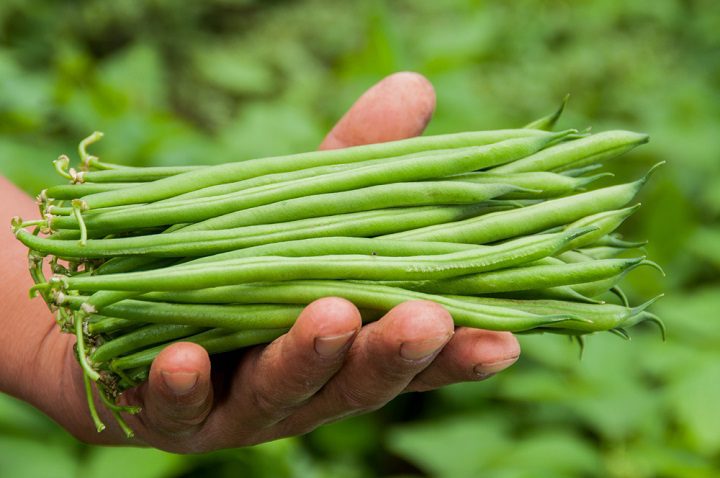
Kenya grows numerous types and varieties of vegetables, but the most common ones grown for export are snow peas, garden peas, French beans, broccoli, cabbage, tomatoes, kale, spinach, and runner beans.
French Beans (Michiiri)
Michiiri, also known as French beans, is a popular vegetable in Kenya. It is a type of green bean that is harvested as wholesome unripe beans with green pods and seeds together. It is often cooked and enjoyed in various dishes. Michiiri can be prepared in different ways, including stir-frying, boiling, or steaming, and it is known for its delicious taste and nutritional value. They have a huge demand in the local and international markets.
In Kenya, you can grow these horticulture crops under irrigation or rain-reliant farming. They are best grown in areas between 1000 and 2000 meters above sea level. The ideal temperature for growing French beans is 20-25 degrees Celsius. The vegetables require a high rainfall of 900-1200 mm in their growing period. Some of the available snap bean or French bean seed varieties in Kenya are Fine beans, bobby beans or extra fine beans.
Snow peas
Growing snow peas vegetables in Kenya for export is the best choice for profit-minded farmers. They have high demand in European and American markets. The upper and lower highlands of Kenya provide an ideal climate of well-distributed rainfall and temperatures of around 20 degrees Celsius which are perfect for snow pea cultivation.
Snow peas are not commonly consumed in Kenya’s domestic market. This gives you stable, profitable and premium prices for these high-yield crops. Snow peas boast an impressive yield potential, with an average of 1.5-2 tons per acre. This means that even with relatively small plots of land, farmers can harvest substantial quantities This makes snow pea farming a lucrative and sustainable venture with promising returns.
Sugar snaps
Alongside snow peas, you can do the sugar snaps and garden peas. Wondering what are the differences between garden peas, sugar snaps, and snow peas?
While garden peas have tough pods that are not recommended for eating, they contain sweet, tender peas that are perfect for adding to stir-fries and soups, cooked on their own as a simple side dish, or even eaten raw in a salad.
Snow peas have flat pods with small peas inside, and the entire vegetable is enjoyable to eat. They are tender and are used whole in stir-fries or blanched with some butter. They are also delicious eaten raw as a snack or added to a salad.
Sugar snap peas, on the other hand, are a cross between snow and garden peas, and the whole pod is eaten. They have a thicker, crunchy pod with a puffed-up appearance and plump peas inside that resemble
Runner beans
Runner beans (Phaseolus Coccineus) are also known as scarlet runner beans, butter beans or multiflora beans. It is a plant in the legume or Fabaceae family. The immature, succulent pods are a nutritious vegetable. In the United Kingdom, runner beans are produced mainly for the vegetable market and are also a popular vegetable in kitchen gardens.
There are two common bean varieties in Kenya: White Emago and Equatorial. You can get 10 tons per acre of the white emago variety while the equatorial variety produces around 4 tons per acre. The plant is the climbing vines type and needs to be supported. Runner beans are ready for harvest in 10 weeks after germination.
Best Leafy vegetables to grow in Kenya for export
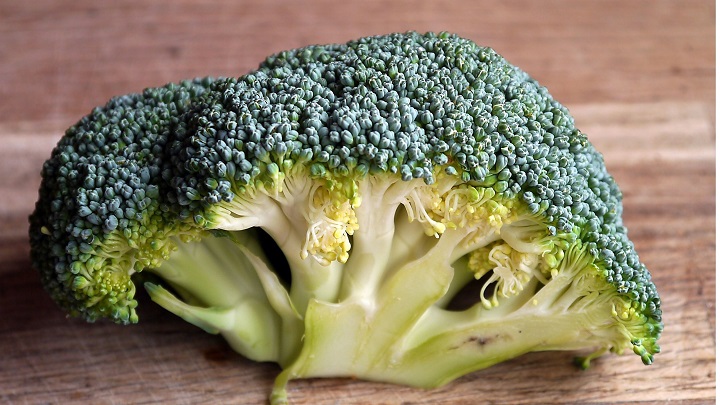
Kenya grows numerous types of vegetables. The most notable leafy vegetables with a high demand include broccoli, and lettuce which are purely grown for the export market. Others like kale, spinach, and cabbages are for both the domestic and local markets.
Broccoli
Broccoli farming in Kenya for export has grown in popularity. It enjoys a local demand too particularly among the middle class who are becoming increasingly health-conscious.
Broccoli belongs to the Brassica oleracea crop family and can be grown throughout the year in Kenya. The crop requires moderate temperatures and well-drained soils to thrive. It is generally transplanted as seedlings, which need to be grown in a well-aerated medium. You can plant between 20,000 and 40,000 broccoli plants per hectare. Transplanting and crop management should be done carefully to avoid “J rooting,” which can decrease yield and head size.
Broccoli farming in Kenya for export offers the potential for higher returns, diversification of agriculture, and access to favourable trade agreements, making it an attractive option for you.
Lettuce
Lettuce farming in Kenya is one of the best types of horticulture crops. Besides money, the vegetable has many nutritional value and health benefits.
Lettuce is a cool-season crop that can be cultivated in various regions of Kenya. It is rich in vitamins, minerals, and fibre, making it a healthy addition to meals. The common lettuce seed varieties in Kenya are butterhead, crisp-head, loose-leaf, and romaine lettuce .
The crop thrives in well-drained, fertile soils with a pH range of 5.5-7.0. Lettuce can be propagated from seeds and planted directly in the field or started in a nursery bed before transplanting. With its increasing popularity and versatile culinary uses, lettuce farming has become a viable option for farmers in Kenya.
Best Food Seasoning Vegetables to Grow in Kenya for Export
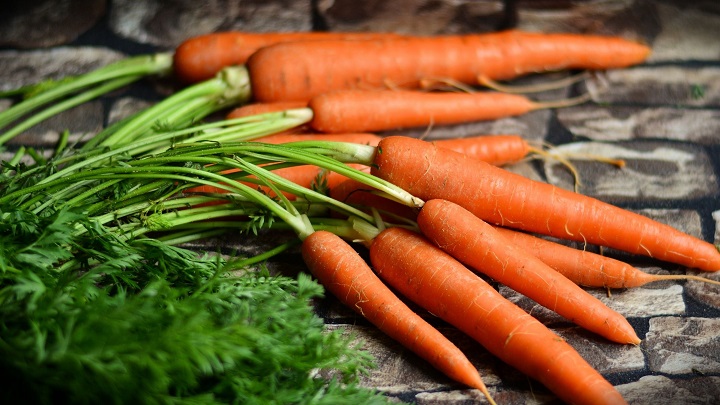
Kenya is a big source of food seasoning vegetables, herbs and spices. These include Rosemary, garlic and onions.
Baby carrots
Baby carrots as very young carrots that are harvested while the vegetable’s roots are still quite tiny. They should not be confused with the “baby-cut carrots”, These are packaged petite carrots processed from mature carrots that are chopped down and polished.
The baby carrots are a popular cooking vegetable, salad item, snack food, and raw vegetable. The most profitable baby carrot varieties you can grow for export in Kenya are Nantes and the Super Kuroda.
Garlic
Garlic farming in Kenya is a profitable venture due to its high demand in both the local and international markets. Garlic, also known as ‘Kitunguu Saumu’ in Swahili, is used as an ingredient in various cuisines and is valued for its culinary and medicinal properties.
Garlic has been found to boost the immune system, act as an antioxidant, fight infections, and potentially prevent heart conditions. Despite the high demand, not many farmers in Kenya are involved in garlic farming, and a large portion of the garlic consumed in the country is imported from China. However, garlic farming can yield significant profits, with prices ranging from KSh. 300 to KSh. 400 per kilogram during peak seasons. Calculating the cost of production and potential earnings, garlic farming can be a lucrative agricultural investment in Kenya.
Best Fruit Vegetables to Grow in Kenya for Export
You can also consider the best fruitvegetables such as tomatoes, eggplants and Zucchini for export. These vegetables are a staple in many cuisines and have a high demand for both local and export markets. As high-value horticultural crops that are loved for their flavour in food and health benefits make them a good export crop.
Eggplants
Aubergines also known as eggplants, or brinjal is a plant species in the nightshade family Solanaceae same as the managu vegetables. The young and almost mature fruits are used as a vegetable. In Kenya, they are normally planted from the beginning of June to the end of December to correspond with the export season from October to May. The fruit is a good source of vitamins A and C, potassium, phosphorous and calcium. They may be roasted, fried, stuffed, cooked as curry or pickled.
Zucchini
Zucchini fruits are harvested and sold the summer squash or courgettes. The Crop belong to the Cucurbita family. The plant’s Fruits, seeds, leaves and flowers of all Cucurbita species are used as vegetables. The crop yields for the Zucchini immature fruits are 7 to 12 t/ha.
The best courgette seed varieties in Kenya are Ambassador F1, Black Beauty, Green Zucchini Cera F1, Simba F1, Star 8021, Squash Black Beauty and Dark Green Zucchini.
Other easy-to-grow Profitable horticulture crops for export.
To conclude this list of types of vegetables grown for the export market. we include mushrooms, sweet corn and baby corn.
Mushroom
Mushroom farming in Kenya has become a popular and profitable agribusiness. They have a significant nutritional value, containing vitamins such as B1, B2, and C, as well as minerals like sodium, calcium, iron, copper, potassium, and phosphorus. They are also a good source of protein and low in cholesterol.
To be successful in mushroom farming, proper training is essential. There are different types of mushrooms grown in Kenya, including the widely cultivated button and oyster mushrooms. Adequate shelter, clean water supply, and appropriate temperatures are key requirements for mushroom farming.
Sweet corn
Sweet corn farming in Kenya is a profitable vegetable for export. Farmers cultivate various varieties of sweet corn, such as the Sugar 75, Honey Bantam, and Jubilee, among others.
Sweet corn requires well-drained soil and regular watering for optimal growth. It is usually harvested around 70 to 90 days after planting, depending on the variety. Kenya’s favourable trade agreements, such as the East African Community (EAC) and African Growth and Opportunity Act (AGOA), provide opportunities for sweet corn exports to international markets. With increasing consumer demand for sweet corn, this crop offers profitable prospects for farmers in Kenya.
Baby Corn
Baby corn is immature maize harvested while stalks are still small. It is eaten whole including its hand kernels and the whole cob. You will harvest it immediately after silks show up and it has not been pollinated. Baby corn is taken raw in salads or cooked quickly in stir-fries. It is common in Thai and Chinese dishes.
Baby corn yields 15-25 tons/ha or 6-8 cobs per plant. Kenya’s most high-yielding baby corn varieties are Panar, Baby Asian, Kalahari, Silver Queen, Extra Sweet, Early Sunglow and candy corn.
Why Horticulture farming for export
Many food anti-exporters oppose the idea of growing food for export while there are instances of food insecurity in the region. There are many benefits of horticulture farming for products destined to foreign markets. these advantages are;
- Profits, growing food for the export market can give you more profits than selling in local markets.
- Sustainability, Export markets have more strict certifications and quality requirements to make sure you grow food that is free of pests and defects.
- Technology transfer; While working with large export companies, you are exposed to new ideas for food production.
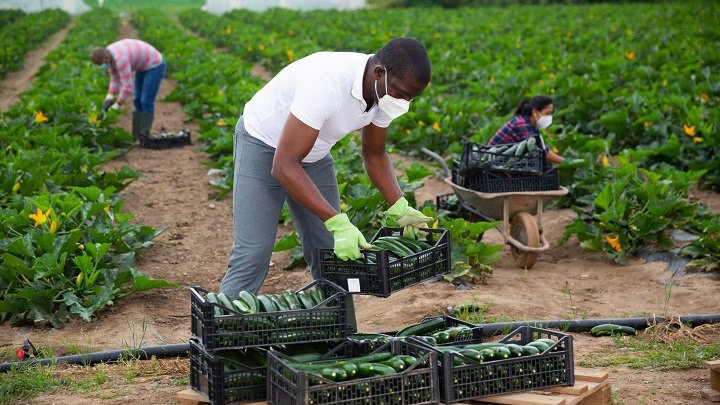
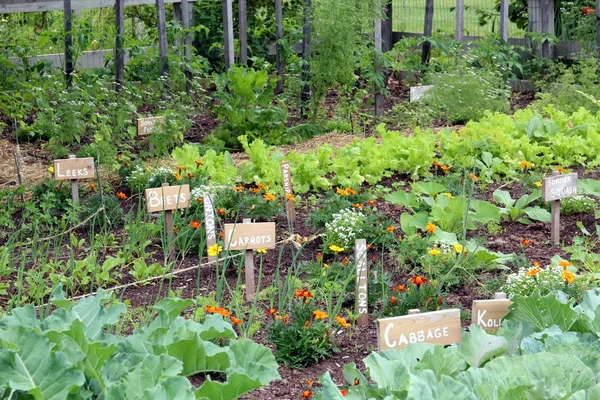
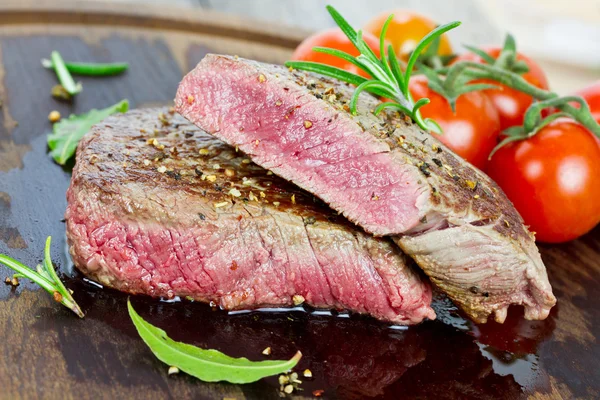
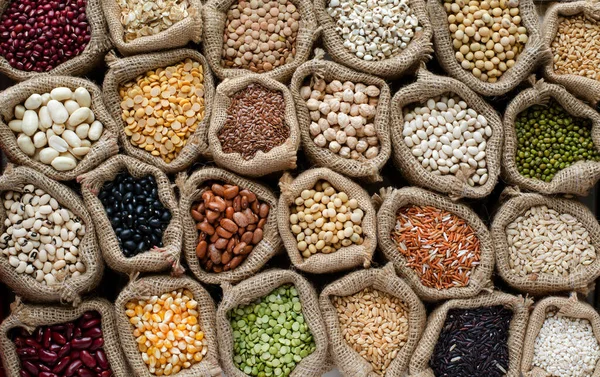
I have been in agribusiness since 2015. And right am willing to join the export market.
I was looking for insights.